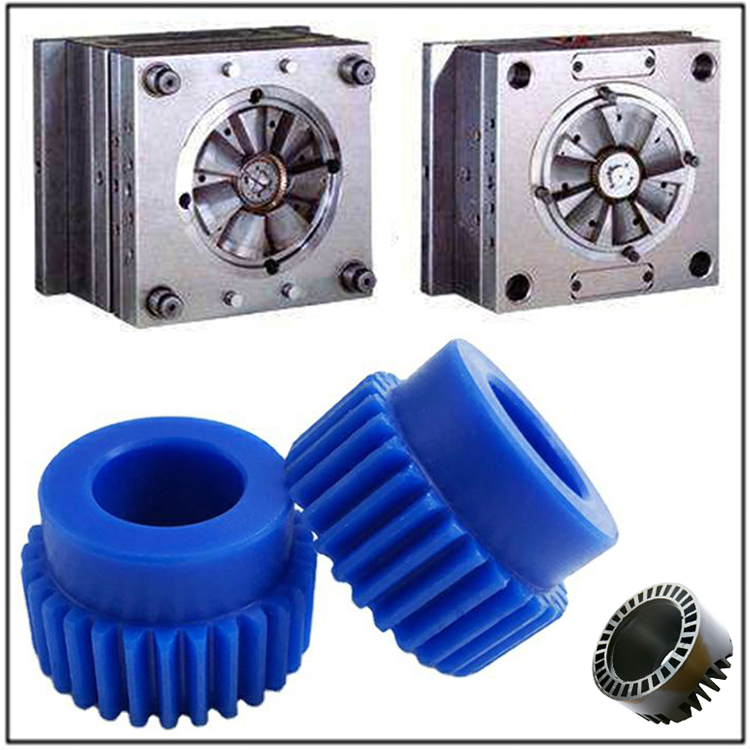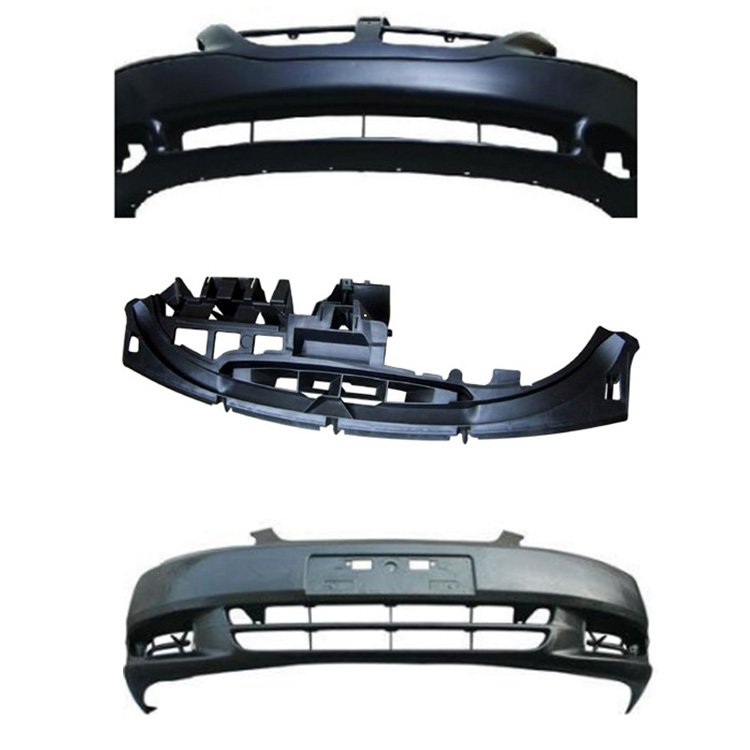
What is The Difference in Performance Between Plastic Mold P20 and S136?
In the field of plastic mold manufacturing, P20 and S136 are two common mold steel materials. They have significant differences in performance, which have a significant impact on the quality and service life of the mold. Next, we will discuss in detail the performance differences between P20 and S136 in plastic molds. I hope the following analysis of the performance differences between P20 and S136 in plastic molds can help you make more informed decisions when selecting mold materials.
1,Differences in chemical composition
The chemical composition of P20 mold steel mainly includes elements such as carbon, chromium, manganese, molybdenum, etc. In addition to chromium, molybdenum and other elements, S136 mold steel also contains special elements such as vanadium, and its carbon content is relatively low.
2,Hardness performance
After pre hardening treatment, the hardness of P20 is usually around 28-32 HRC. In contrast, the hardness of S136 at the factory is about 18-22 HRC, but with appropriate heat treatment, the hardness can be increased to 48-52 HRC.
3,Wear resistance comparison
In terms of wear resistance, S136 is significantly better than P20. This enables S136 to better maintain the dimensional accuracy of plastic molds in long-term use and complex molding processes, reducing mold maintenance and replacement costs caused by wear and tear. For example, when producing large batches of plastic products with complex molding processes, using S136 molds can significantly extend the service life of the molds.
4,Differences in Corrosion Resistance
S136 has excellent corrosion resistance and can work stably in damp and corrosive environments without rusting easily. The corrosion resistance of P20 is relatively weak. For example, when producing plastic products that require contact with chemicals or use in humid environments, the S136 mold is a better choice as it can effectively prevent corrosion and damage to the mold.
5,Differences in Polishing Performance
S136 has excellent polishing performance and can achieve extremely high mirror effect, especially suitable for plastic molds that require extremely high surface smoothness. The polishing performance of P20 is relatively inferior.
6,Price considerations
Generally speaking, the price of S136 is higher than that of P20. This is due to its superior performance and the complexity of the production process. In summary, when selecting materials for plastic molds, it is necessary to comprehensively consider whether to choose P20 or S136 based on specific production needs, product requirements, and cost budgets. If there are high requirements for the corrosion resistance, polishing performance, and wear resistance of the mold, and the budget is sufficient, S136 is the ideal choice. For some ordinary plastic product production, P20 may be able to better control costs while meeting demand.










